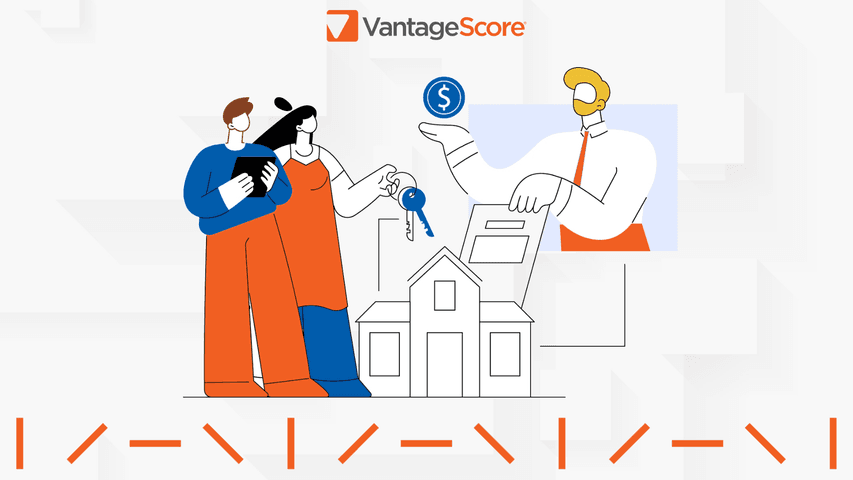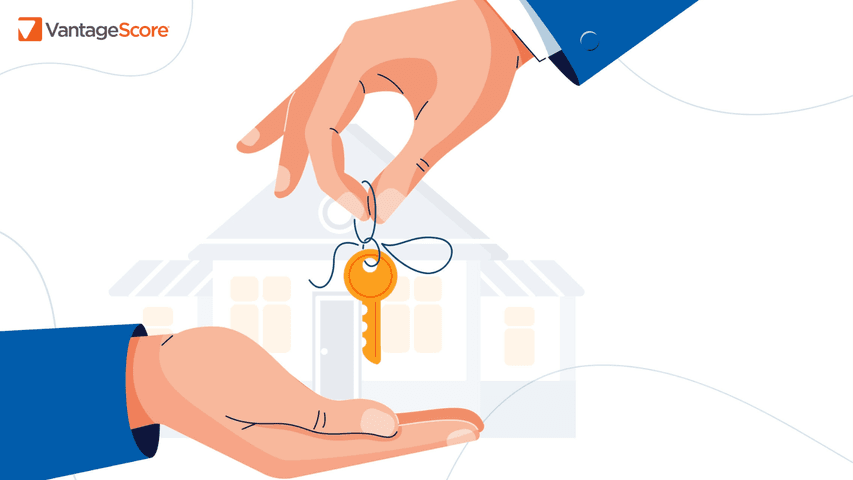Financial inclusion and closing the homeownership gap are critical social issues in the United States. One significant step towards addressing these challenges is the adoption of VantageScore 4.0 for Government-Sponsored Enterprise (GSE)-funded mortgages.
Implementing VantageScore 4.0 needs to be accomplished as soon as possible because millions of creditworthy borrowers remain restricted and essentially locked out of the American dream by conventional credit scoring models that exclude them.
Expanding Access to Credit
VantageScore 4.0 utilizes advanced data analytics and machine learning to score a broader range of consumers, including those traditionally left out by conventional models. It incorporates trended data, which considers a consumer’s credit behavior over time, and includes data from rental payments, utility bills, and public records. This comprehensive approach enables the model to provide credit scores to millions of consumers who conventional models might miss—many of whom belong to underserved communities.
Addressing the Homeownership Gap
According to VantageScore’s research, about 33 million consumers are newly scorable with VantageScore 4.0, including 9.5 million Black and Hispanic individuals. Of these, 3.1 million have credit scores of 620 or higher, making them potentially eligible for mortgages. By scoring more individuals from minority and lower-income backgrounds, VantageScore 4.0 can help bridge a homeownership gap that has persisted for decades.
The Urban Institute reports that the homeownership gap between White and Black families has grown since the Fair Housing Act, from 27% in 1960 to 30% in 2017. VantageScore 4.0’s inclusive approach can help reverse this trend by increasing mortgage accessibility for these communities.
Ensuring Fairness and Accuracy
VantageScore 4.0 not only expands the scorable population but also ensures that its scoring is fair and accurate across different demographic groups. The model is designed to be unbiased, providing consistent scores irrespective of race or ethnicity. This fairness is crucial for promoting financial equity and ensuring that all consumers have an equal opportunity to access credit and achieve homeownership.
Quantitative Impact and Economic Potential
More specifically, VantageScore research indicates that adopting VantageScore 4.0 for GSE-funded mortgages could open the mortgage market to approximately five million new borrowers. By imposing a minimum VantageScore credit score of 620 and applying a mortgage eligibility age criterion of 25-65, the model could grant access to 4.9 million new borrowers. From this pool, lenders could originate as many as 2.7 million mortgages, potentially generating up to $1 trillion in new high-quality mortgage loans. This significant expansion highlights the economic potential of including more consumers in the credit system.
Bipartisan Congressional Support for VantageScore 4.0 in Mortgage
Congress has recognized the importance of this approach and continues to press the Federal Housing Finance Agency (FHFA) to implement and begin using VantageScore 4.0.
Last year, four bipartisan members of Congress authored a letter to FHFA Director Sandra Thompson supporting the agency’s decision to mandate VantageScore 4.0 for GSE-funded mortgages and encouraging the Director to require full implementation no later than 2025.
Reps. Brittany Pettersen (D-CO), Zach Nunn (R-IA), Vicente Gonzalez (D-TX), and Young Kim (R-CA), the U.S. Representatives who expressed their support, all sit on the House Financial Services Committee, which has jurisdiction over the FHFA.
“Homeownership is a foundational pillar of the American Dream and Congress expects the Agency, the Enterprises, and all mortgage market stakeholders to move with urgency to comply with the Credit Scoring Competition Act of 2018,” read the letter.
The members of Congress who signed the above represent a diverse group of voters, including districts in the states of California, Texas, Colorado, and Iowa, including large rural, Asian American, and Hispanic-American districts.
“Our constituents that are awaiting an opportunity to purchase a home can accept no further delay in the implementation of new credit scores in the mortgage market. Every day of delay in this process is another day that working people who pay their bills on time are unable to get a mortgage, finance a higher education, or take out a small business loan – that’s a real human cost.”
VantageScore 4.0 plays a vital role in driving financial inclusion and closing the homeownership gap. By scoring a broader and more diverse range of consumers, ensuring fairness and accuracy, and supporting inclusive lending practices, this model can help create a more equitable housing market. The adoption of VantageScore 4.0 for GSE-funded mortgages is a significant step towards achieving greater financial inclusion and equity in homeownership.
For more detailed information, you can visit the VantageScore Financial Inclusion page. Also, feel free to review the 2023 VantageScore Model Assessment.
To learn more about VantageScore’s entry into the mortgage market, visit our Mortgage page.
Related Articles:
The Importance of Credit Score Competition in the Mortgage Market
VantageScore 4.0’s Performance in The Mortgage Market
Implementing VantageScore 4.0: A Milestone for Financial Inclusion and Closing the Homeownership Gap
Preparing for VantageScore 4.0: A Guide for Mortgage Lenders



